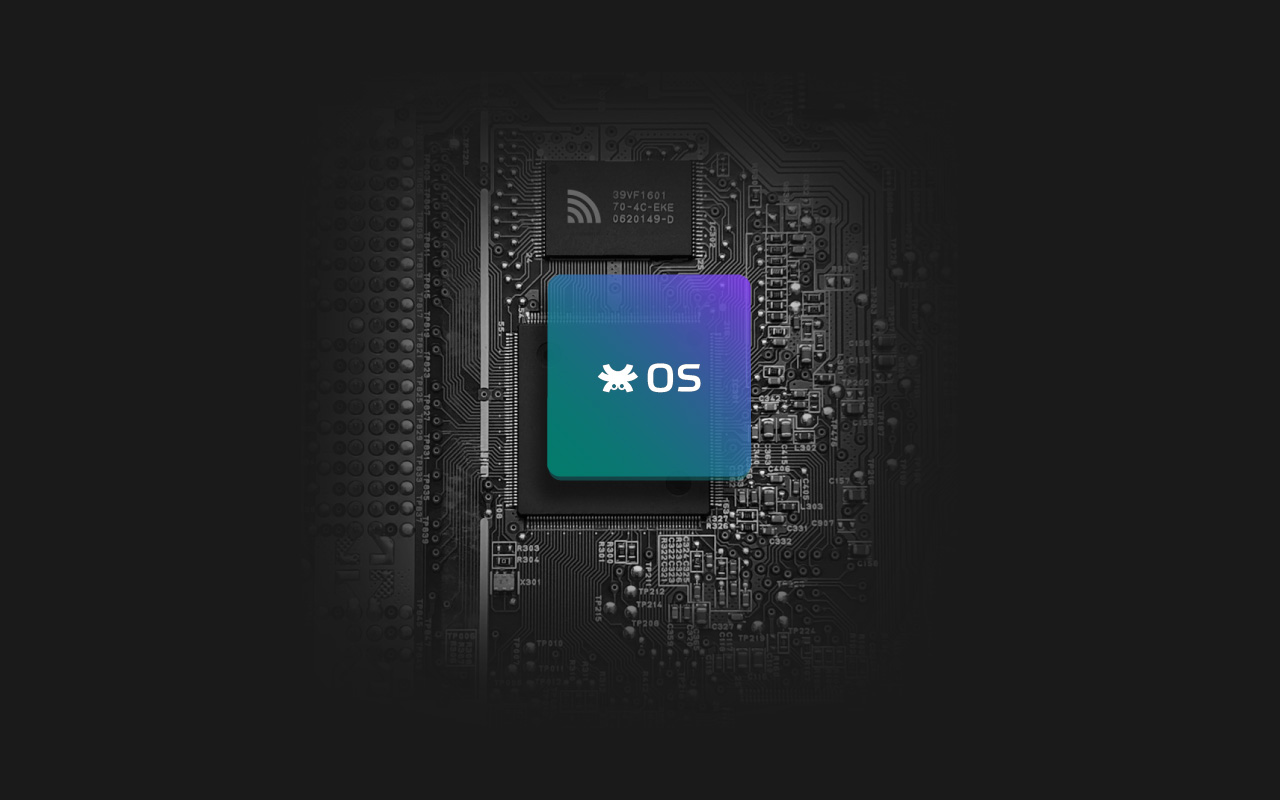Software is a set of computer-coded instructions that teaches a machine how to act or complete a given task. Typically, software consists of commercial products such as Microsoft Word and Adobe Photoshop, games, an operating system, and even malicious programs such as viruses and ransomware. Any program or code that runs on a computer is an example of software, and all computer-based tasks require software. Computer programmers also referred to as coders, construct software.
Table of Contents
Distinct software
There are numerous types of software now in use. To give you a sense of the breadth of the software business, here is a summary of the most widely used software types.
Computer software

System software is the category of software that enables the computer hardware to work and provides the platform on which applications execute. Several ” layers ” are involved with any computing device, and system software is extremely sophisticated.
Operating system (OS):

Without an operating system such as Windows or macOS, a computer is only a collection of inoperable hardware components. The operating system enables the computer to conduct fundamental operations and offers a user interface and a platform for application execution. The operating system “abstracts” many common activities for programmes in order to reduce redundancy; for instance, the operating system provides printing as a service to applications so that each programme does not need its own method for delivering files to the printer.
Firmware:
Firmware is semi-permanent software that instructs the device to behave and interact with other devices. Frequently, firmware can be upgraded, but it persists when no power is given to the device.
Device drivers:
These are small programmes that enable communication between the operating system and computer components. Every device requires a driver, so the operating system knows how to use it. Every computer component has its own driver, including the video card, sound chip, keyboard, and mouse.
Utilities:
Utilities, which blur the line between system software and applications, are small programmes that either come bundled with the operating system or are tightly integrated to perform certain OS duties. Utilities includes anti-malware software, hard disc cleanup, and file compression programmes (such as WinZip).
Application programme

This is the type of software you are probably most familiar with; sometimes known as programmes or applications, they are packages that provide a certain function and are used to achieve a particular objective.
There are an almost infinite number of applications. Productivity software such as word processors, spreadsheets, and email applications are among the most used. Software such as Microsoft Access is used to organize and handle massive amounts of data.
Games and multimedia applications are other popular applications. Web browsers are also among the most prevalent software programmes.
Developing software
It surely comes as no surprise that software is developed using other applications. Programmers rely on a variety of software tools to construct programmes. Here are some examples of software used by programmers in software development:
Compilers:
are programmes that transform human-written code into a version of machine code that computer hardware can directly interpret. The availability of compilers makes it possible to construct incredibly complex software.
Debuggers:
are computer programmes that are utilized to test and “debug” (identify and eliminate faults) computer code.
Linkers: are programmes that take the output of a compiler, which is frequently a large number of distinct files, and combine them into a single executable file that a user can run independently of a programming environment.
Malware is software intended to cause harm, and numerous forms of malware are in use today, including viruses, worms, Trojans, and ransomware. Malware may cause a computer and its software to malfunction or cease functioning entirely. Malware creators and anti-malware utility writers are engaged in an arms race, and it is essential to have anti-malware software installed on your computer. Additionally, you should adhere to standard practices to avoid infection.
Methods of software distribution
Not all programmes are distributed, sold, or shared similarly, and the predominant distribution mechanism has evolved through time. Historically, the vast majority of the software was commercial and sold through stores. Today, this is not the case. Here are some of the most prevalent distribution methods.
Commercial software:
It is still prevalent, though it is significantly less prevalent than before. Any programme you pay for and receive a physical or digital copy of is commercial software. Remember that you do not own the programme; you only own a license that grants you permission to use it. This distinction is significant for several reasons, not the least of which is that it allows the publisher to modify the software via online updates without your express approval.
Open-source:
Open-source software is typically distributed with its whole source code, enabling a community of programmers to update, edit, and enhance the programme. Some open-source software is available for purchase.
A great deal of software is available for free download and use. The freeware approach enables publishers to spread their software more easily, as many individuals are prepared to try something for free. Some freeware is also known as adware since, despite being free, the application has integrated advertising.
Shareware:
It is a type of freeware that is available for a short time. You can pay to continue using the application if you find it beneficial. Many shareware products are free for a short time, but others can only be used a certain number of times.
Read Also: How does Online Invoicing Software Simplify your Daily Workflow?
